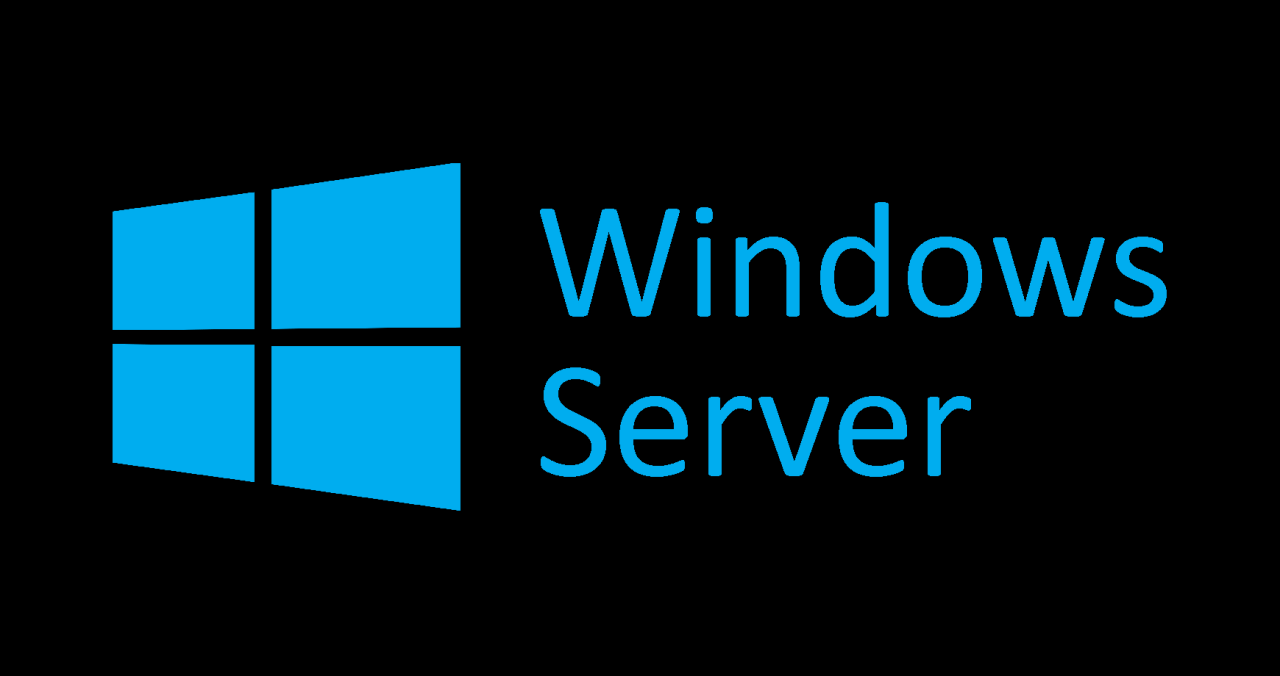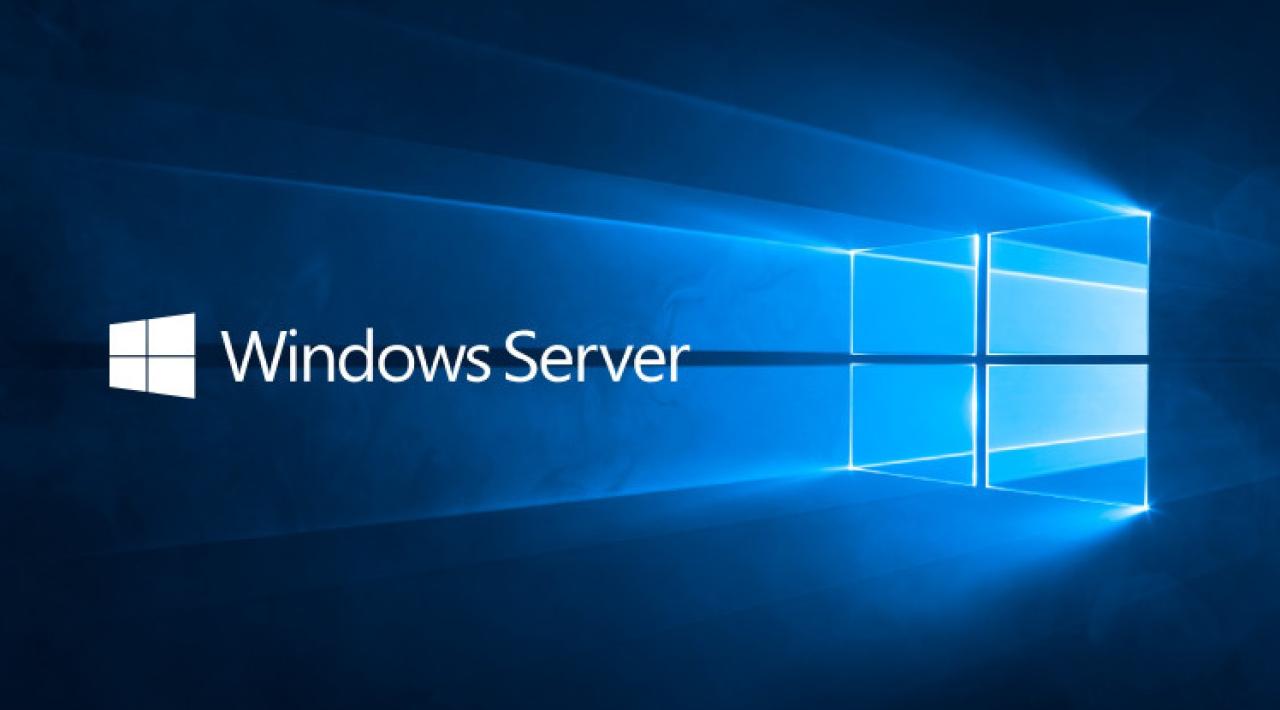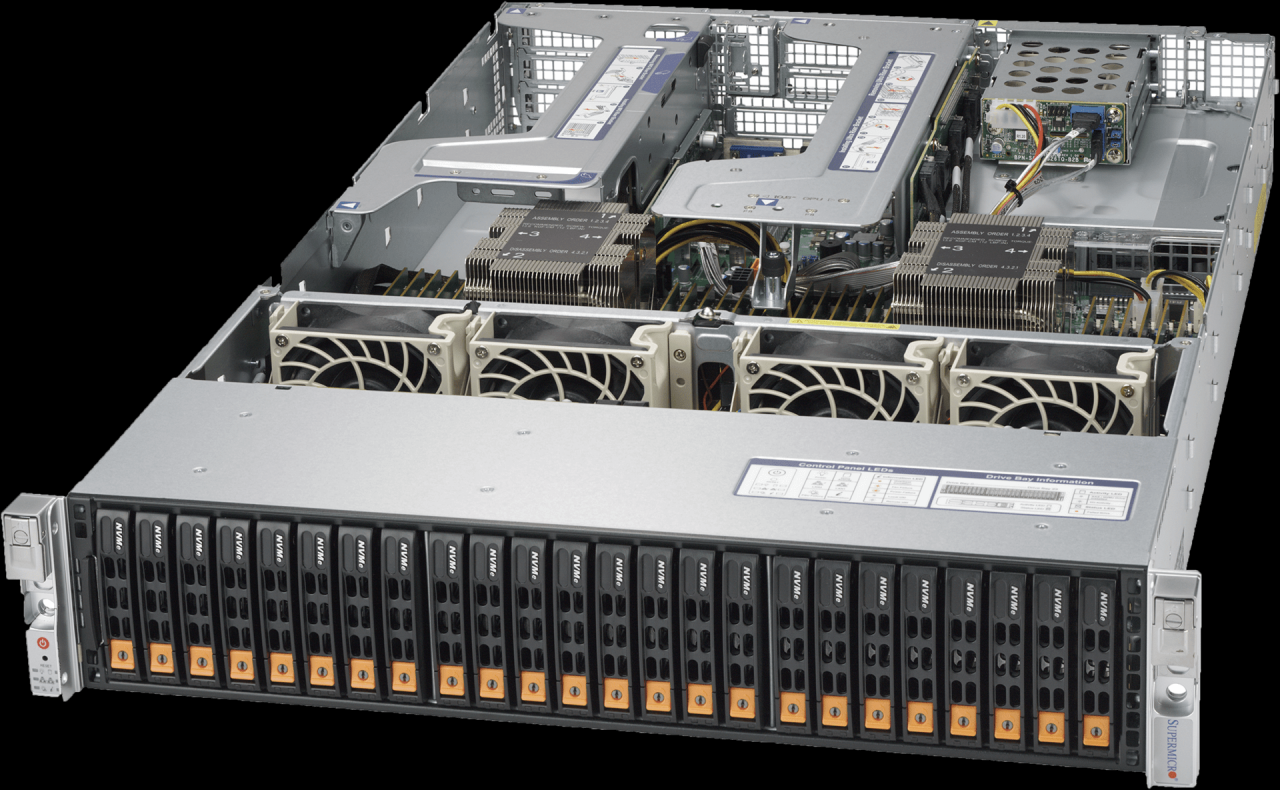Windows Server, a cornerstone of modern IT infrastructure, provides a robust and versatile platform for businesses of all sizes. From managing user accounts and securing networks to hosting applications and enabling cloud integration, Windows Server offers a comprehensive suite of tools and services that streamline operations and drive innovation.
Its different editions cater to diverse needs, ranging from small businesses to large enterprises. Whether you’re managing a local network, deploying cloud-based services, or securing sensitive data, Windows Server provides the foundation for a reliable and scalable IT environment.
Introduction to Windows Server
Windows Server is a powerful and versatile operating system designed to power and manage modern IT environments. It provides a comprehensive set of tools and features for businesses of all sizes, enabling them to build, deploy, and manage their critical applications and infrastructure efficiently and securely.
Windows Server offers numerous benefits, including:
Benefits of Windows Server
- Enhanced Security: Windows Server incorporates robust security features, such as multi-factor authentication, encryption, and access control mechanisms, to protect sensitive data and applications from unauthorized access.
- High Availability and Reliability: Windows Server supports features like failover clustering and load balancing, ensuring continuous uptime and minimizing downtime in case of hardware failures or system outages.
- Scalability and Flexibility: Windows Server can scale to meet the demands of growing businesses, allowing them to easily add more servers, users, and applications without compromising performance.
- Cost-Effectiveness: Windows Server offers a cost-effective solution for businesses, reducing the need for specialized hardware and minimizing operational costs.
- Comprehensive Management Tools: Windows Server provides a comprehensive suite of management tools, simplifying tasks such as server configuration, monitoring, and troubleshooting.
Windows Server Editions
Windows Server offers various editions to cater to different business needs and scales. Each edition comes with a specific set of features and functionalities. Some popular editions include:
- Windows Server Essentials: Designed for small businesses with up to 25 users and 50 devices, it offers basic server functionalities, including file sharing, email, and remote access.
- Windows Server Standard: A versatile edition suitable for a wide range of businesses, offering features such as Active Directory, Hyper-V virtualization, and remote desktop services.
- Windows Server Datacenter: Designed for large enterprises and cloud service providers, this edition provides advanced features like scalability, high availability, and support for large-scale deployments.
Real-World Use Cases of Windows Server
Windows Server finds applications across various industries, powering critical systems and enabling businesses to achieve their goals. Here are some real-world use cases:
- Financial Services: Banks and financial institutions use Windows Server to manage customer accounts, process transactions, and ensure secure data storage and access.
- Healthcare: Hospitals and healthcare providers rely on Windows Server for managing patient records, scheduling appointments, and providing secure access to medical data.
- Education: Educational institutions utilize Windows Server to manage student records, provide online learning platforms, and ensure secure network access for students and faculty.
- Manufacturing: Manufacturing companies use Windows Server for managing production processes, tracking inventory, and controlling industrial automation systems.
- Retail: Retail businesses leverage Windows Server to manage point-of-sale systems, track customer data, and provide online shopping experiences.
Network Infrastructure

Windows Server plays a crucial role in managing and securing network infrastructure, offering a wide range of networking protocols and services. Understanding how Windows Server facilitates network communication is essential for administrators and users alike.
Networking Protocols and Services
Windows Server supports a wide array of networking protocols, enabling seamless communication across various devices and networks. These protocols govern how data is transmitted and received, ensuring reliable and efficient data exchange.
- TCP/IP: The dominant protocol suite used for internet communication, TCP/IP (Transmission Control Protocol/Internet Protocol) forms the foundation for most modern networks. TCP provides reliable, ordered delivery of data, while IP handles addressing and routing.
- SMB/CIFS: Server Message Block (SMB) or Common Internet File System (CIFS) protocols are essential for file and printer sharing within a Windows network. SMB enables secure communication between Windows clients and servers, allowing users to access shared resources.
- DHCP: Dynamic Host Configuration Protocol (DHCP) automates IP address assignment, simplifying network administration. Windows Server acts as a DHCP server, providing IP addresses, subnet masks, and default gateways to clients on the network.
- DNS: Domain Name System (DNS) translates human-readable domain names into IP addresses, enabling easy access to websites and services. Windows Server can function as a DNS server, resolving domain names for clients on the network.
- VPN: Virtual Private Network (VPN) technology creates secure connections over public networks, protecting data confidentiality and integrity. Windows Server provides VPN services, enabling secure remote access and data transfer.
Windows Server Role in Network Management
Windows Server assumes a central role in network management, offering tools and services that simplify administration and enhance network security.
- DHCP Server: Windows Server acts as a DHCP server, automatically assigning IP addresses to clients on the network. This eliminates manual configuration and reduces the risk of IP address conflicts.
- DNS Server: Windows Server can function as a DNS server, resolving domain names into IP addresses. This enables users to access websites and services using easy-to-remember names instead of complex IP addresses.
- VPN Server: Windows Server provides VPN services, allowing secure remote access and data transfer over public networks. VPNs encrypt data and authenticate users, ensuring data confidentiality and integrity.
- Network Policy Server (NPS): NPS enables centralized management of network access policies, controlling which users and devices can connect to the network. This enhances network security by enforcing authentication and authorization rules.
- Active Directory: Active Directory (AD) is a directory service that provides a centralized management platform for users, computers, and resources on a network. Windows Server acts as an AD domain controller, managing user accounts, group policies, and network access.
Network Topology with Windows Server
A typical network topology with Windows Server as a central component might look like this:
[Insert a diagram here depicting a network topology with Windows Server as a central component. This diagram should include elements like clients, routers, switches, and the Windows Server acting as a DHCP, DNS, and VPN server.]
This diagram illustrates how Windows Server serves as a central hub for network communication, managing DHCP, DNS, and VPN services. Clients connect to the network through switches and routers, accessing resources and services provided by the Windows Server.
High Availability and Disaster Recovery
In today’s digital landscape, where businesses heavily rely on their IT infrastructure, ensuring uninterrupted service and data protection is paramount. High availability and disaster recovery are critical aspects of a robust server environment, enabling businesses to minimize downtime and data loss in the face of unforeseen events.
High Availability in Windows Server
High availability ensures that applications and services remain operational even in the event of hardware or software failures. Windows Server offers various features to achieve high availability, including failover clustering. Failover clustering provides a mechanism to create a cluster of servers, where a single point of failure is eliminated. If one server fails, another server in the cluster takes over its workload, ensuring continuous service availability.
Disaster Recovery Planning
Disaster recovery planning is essential for mitigating the impact of catastrophic events, such as natural disasters, power outages, or cyberattacks. A comprehensive disaster recovery plan Artikels procedures for restoring critical systems and data in the event of a disaster.
Backup Strategies
A crucial component of disaster recovery planning is implementing effective backup strategies. Windows Server provides tools for creating backups of data and system configurations. Various backup methods are available, including:
- Full backups: Create a complete copy of all data and system files.
- Differential backups: Back up only the changes made since the last full backup.
- Incremental backups: Back up only the changes made since the last backup, regardless of the type.
The choice of backup method depends on factors such as data volume, recovery time objectives (RTO), and recovery point objectives (RPO).
Recovery Procedures
A well-defined recovery procedure is essential for a successful disaster recovery process. This procedure Artikels the steps for restoring systems and data from backups. The recovery procedure should include:
- Identifying critical systems and data: Determine the systems and data that are essential for business operations.
- Testing recovery procedures: Regularly test recovery procedures to ensure they are effective and efficient.
- Documenting procedures: Maintain clear and concise documentation of all recovery procedures.
Designing a Disaster Recovery Plan
Designing a disaster recovery plan involves a systematic approach to identify potential risks, develop mitigation strategies, and establish recovery procedures.
Risk Assessment
A comprehensive risk assessment identifies potential threats to the server environment, such as:
- Natural disasters: Earthquakes, floods, hurricanes, and other natural disasters can disrupt operations.
- Power outages: Extended power outages can cause data loss and system downtime.
- Cyberattacks: Malware, ransomware, and other cyberattacks can compromise data and systems.
- Human error: Accidental data deletion or system configuration changes can lead to data loss or service disruption.
Mitigation Strategies
Once risks are identified, mitigation strategies should be developed to reduce the impact of potential threats. These strategies may include:
- Data backups: Regularly back up critical data to ensure recovery in the event of data loss.
- Redundant systems: Implement redundant systems, such as failover clusters, to ensure continuous service availability.
- Disaster recovery site: Establish a disaster recovery site, either on-premises or in the cloud, to provide a backup location for critical systems and data.
- Security measures: Implement strong security measures, such as firewalls, intrusion detection systems, and access control mechanisms, to protect against cyberattacks.
Recovery Procedures
Recovery procedures should be detailed and specific, outlining the steps for restoring systems and data after a disaster. These procedures should include:
- Communication plan: Establish a communication plan to ensure that all stakeholders are informed during a disaster.
- Data recovery: Artikel the steps for restoring data from backups.
- System recovery: Describe the process for restoring critical systems.
- Testing and evaluation: Regularly test recovery procedures to ensure their effectiveness and make necessary adjustments.
Last Recap: Windows Server

As technology continues to evolve, Windows Server remains at the forefront, embracing new trends like containerization and edge computing. Its adaptability and comprehensive features ensure its continued relevance in shaping the future of IT. Whether you’re a seasoned IT professional or just starting your journey, understanding Windows Server is essential for navigating the complexities of today’s digital landscape.
Windows Server is a powerful operating system that can be used to manage a variety of tasks, from file sharing to web hosting. While it’s known for its robust functionality, you might be surprised to learn that it can also be used to create things like things to make out of paper ! With a little creativity, you can use Windows Server to design and print custom papercraft projects, from intricate origami models to personalized greeting cards.




